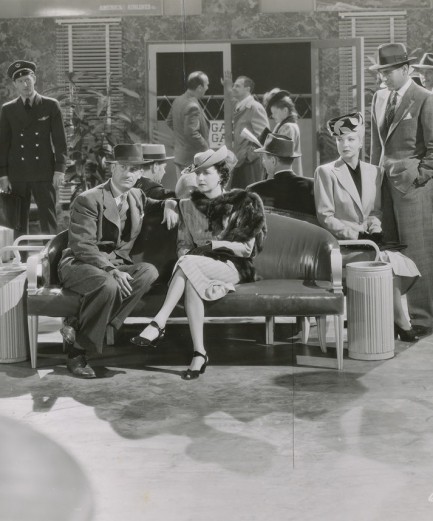| Vintage Pulp | Mar 25 2024 |

The deeper into the Underworld you go the hotter it gets until everyone—and everything—is liable to get burned.
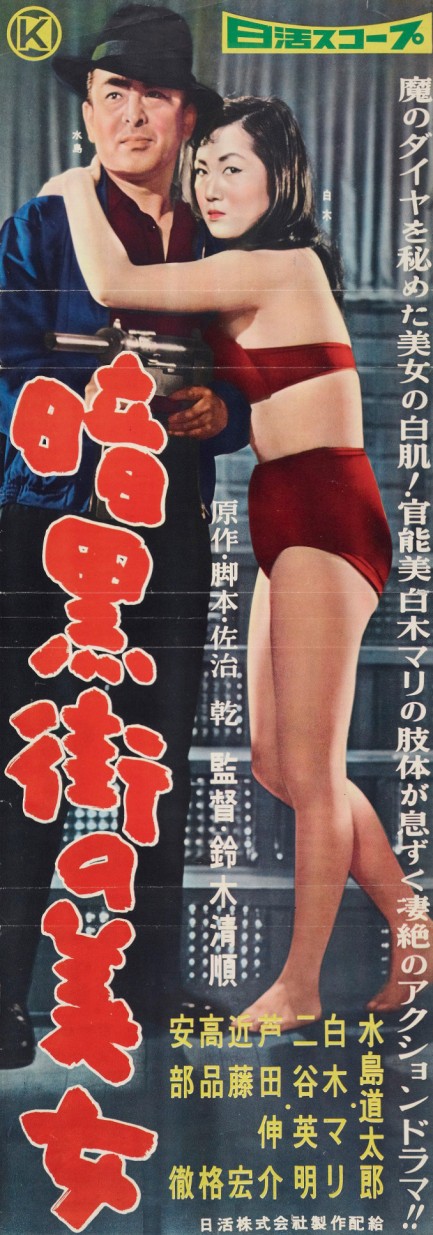
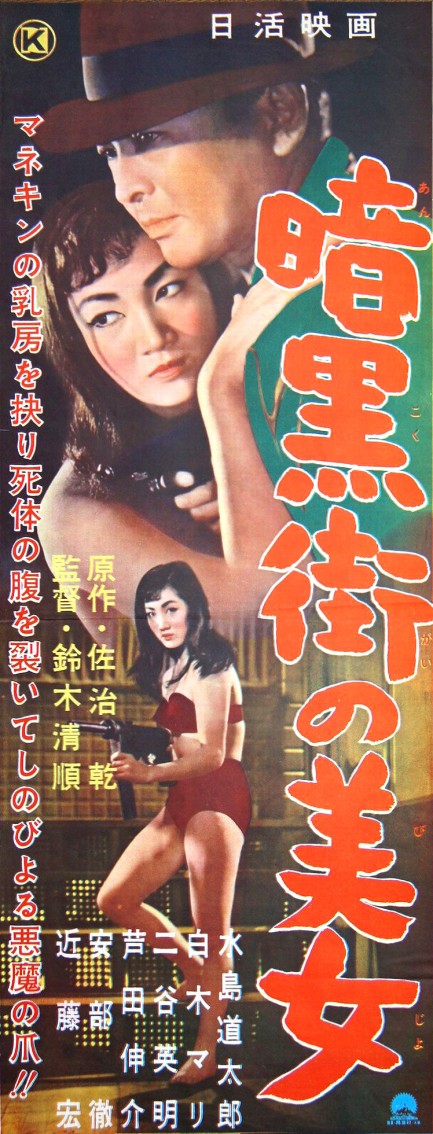
The two tateken style posters you see above were made for the Japanese crime drama Ankokugai no bijo, the title of which means “beauty of the underworld,” and which was known in English as Underworld Beauty. The movie is about a bunch of gangsters chasing after some diamonds. Co-star Tôru Abe has them first, but when the yakuza catch up to him, he swallows them and jumps off a roof, ending up in a hospital. He soon dies and the treasure is cut out of his body, but that's merely the beginning of a struggle to retain their possession. Abe's sister, played by Mari Shiraki, is the underground beauty of the title, and gets tangled up with the mobsters. They say diamonds are forever, but we're told early in the film when it seems as if the coveted stones might go into a crematorium with Abe's body, that they can actually burn. That's clumsy foreshadowing, but Underworld Beauty still manages to be an interesting and mostly satisfying film. It premiered today in 1958.
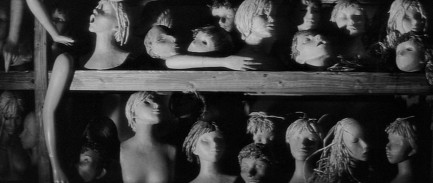

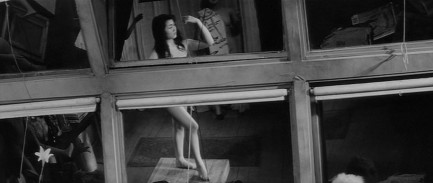
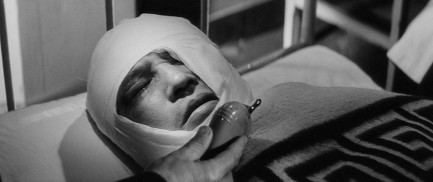
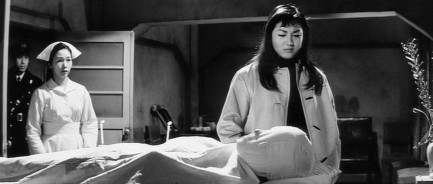
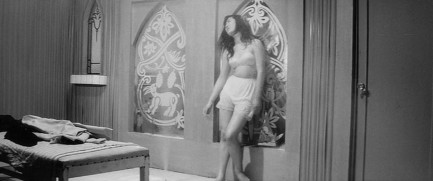

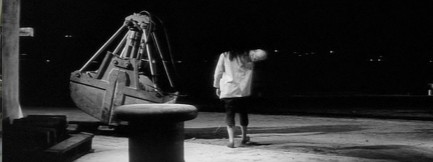
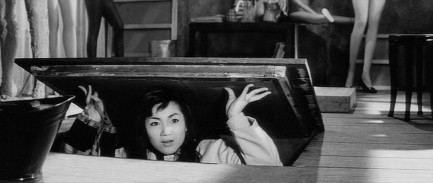
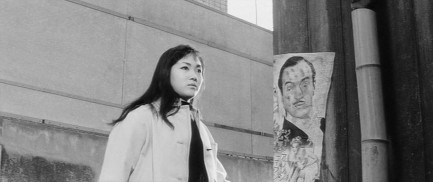
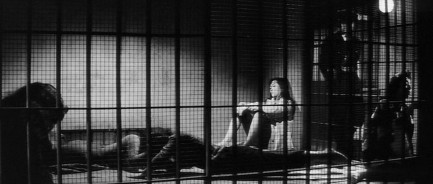
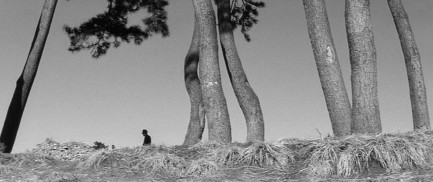

| Vintage Pulp | Feb 28 2022 |

Bunta Sugawara spits hot lead in Machine Gun Dragon.
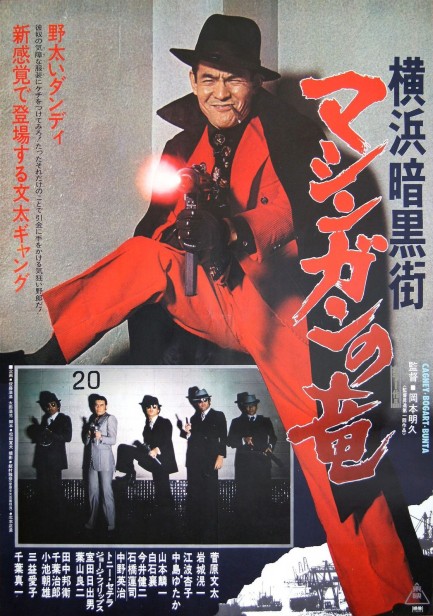
Cagney! Bogart! And... Bunta? This poster, if you look at the text in the righthand margin, suggests that Bunta Sugawara is a gangster on that level. We'll see about that in a minute, but one thing is sure—this is a kick-ass image of him. It was made for his crime flick Yokohama ankokugai mashingan no ryu, known in English as Yokohama Underworld: The Machine-Gun Dragon. Sugawara plays a rogue gunman, thief, and fashion plate who decides to rob the Matsumi yakuza clan of a billion yen worth of drugs. Ill gotten gains are hard to keep in crime movies, so you know already what the story arc is here: the people he robbed come looking for him.
However, there are some quirks. For example, Sugawara has a disturbingly close relationship with his mother. The two take baths together, as mom dispenses parental wisdom like, “The most important thing in the world is money. A guy without money is garbage. He might as well not have a dick,” while peeking at Sugawara's dick, which thankfully is out-of-frame. It's under mom's influence that Sugawara robs the Matsumi group, a heist the pair pull off in the first moments of the film. They plan to hold the goods until the heat cools, but another gang deduces that Sugawara was involved and demands half the drugs for not turning him over. The cops are soon closing in too, since the robbery resulted in a quadruple homicide.
Eventually, Sugawara engineers his own arrest. It's the only way he can avoid capture by the yakuza, and in jail he can presumably regroup. But Matsumi has men inside. Those men have no idea how ruthless and resourceful Sugawara is, and in the film's best sequences he shows how survival inside this particular prison is about who's willing to be the most vicious. He doesn't spend long in jail, which means that upon release his problems still must be faced. But fire breathing dragons are very hard to kill. As hard as Cagney and Bogart? Well, let's just say that if Bunta goes out, he'll go out guns blazing. Yokohama ankokugai mashingan no ryu premiered in Japan today in 1976.
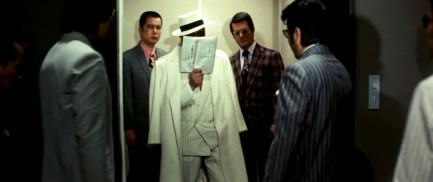
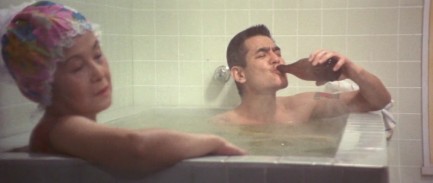
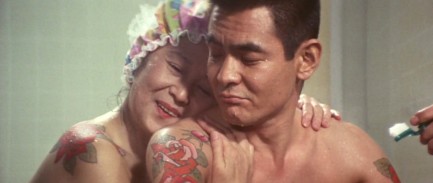
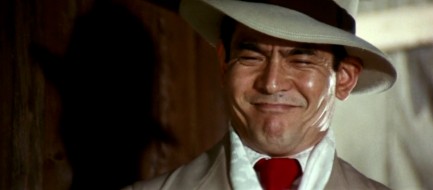
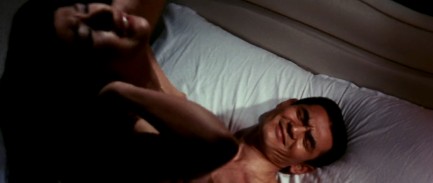
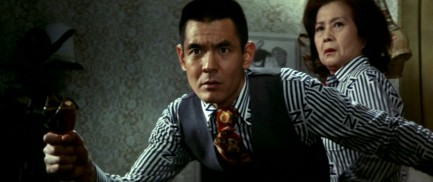
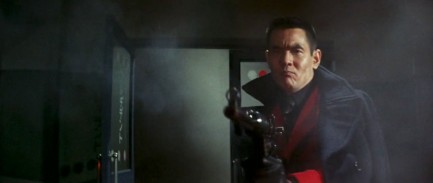
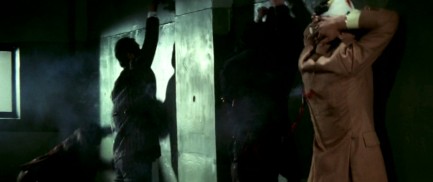
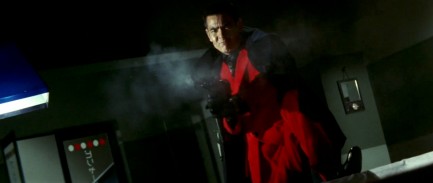
| Femmes Fatales | Jul 6 2020 |

So you want to me to seriously injure my back here? On this spot right here? Okay, I'll give it a whirl.
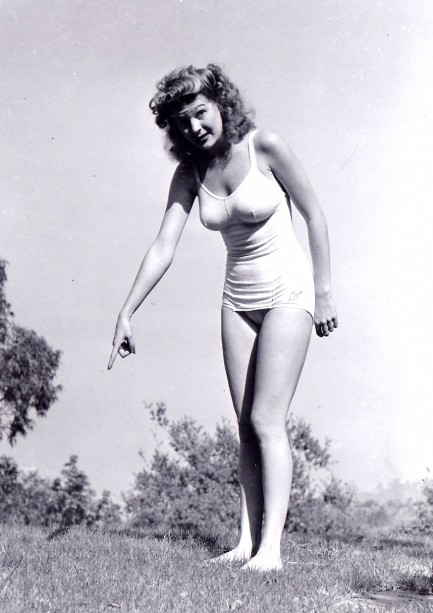
Above, American actress Rosemary LaPlanche prepares to attempt an acrobatic pose in 1942, and below we see how it worked out. LaPlanche was what we think of as a career extra, which is to say she appeared in many movies but rarely as a named character. Some of those roles: “hatcheck girl” in Johnny Angel, “guest” in Having a Wonderful Crime, and “Falcon's nurse” in The Falcon in Danger. Probably her best known credited roles were in Strangler in the Swamp, Federal Agents vs. Underworld, Inc., and Devil Bat's Daughter. We can't imagine many actresses trying a headstand for a photo session today, which is why we love this sequence.
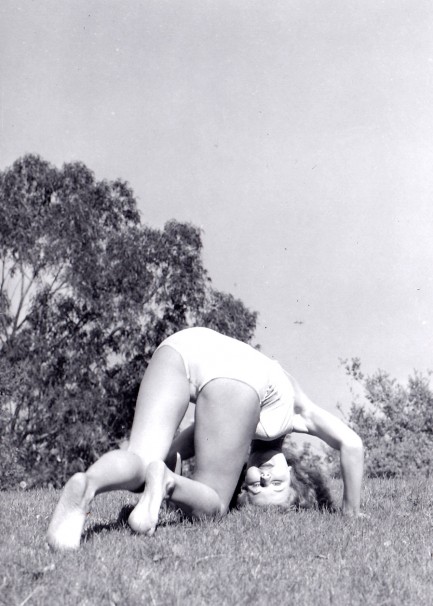
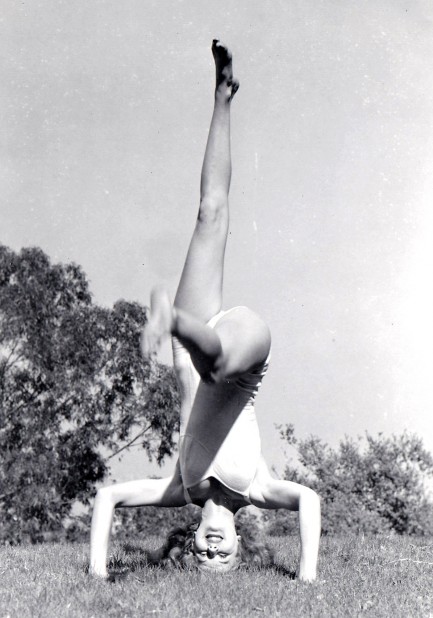
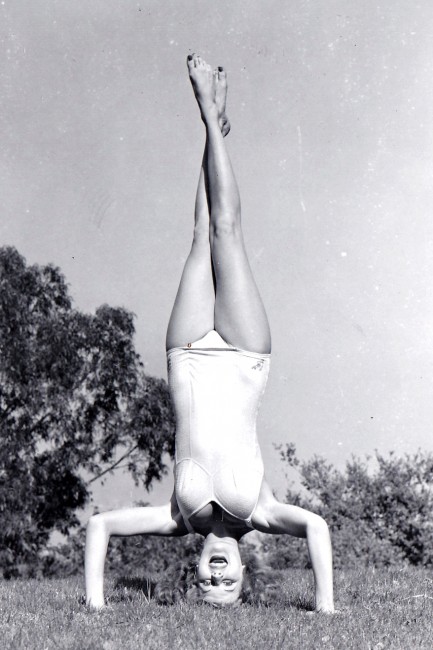
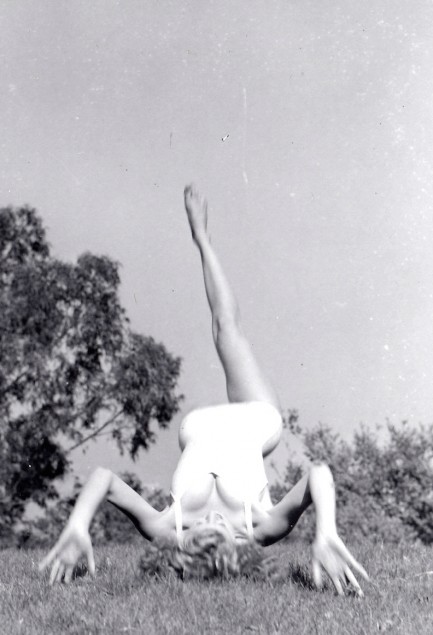
| Vintage Pulp | May 12 2019 |

Falling into the gutter is easy. Getting out? Not so much.
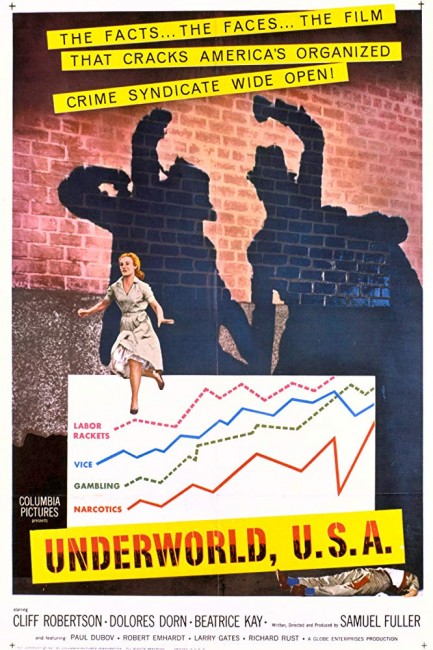
When does a movie get too cute for its own good? Possibly when the femme fatale is named Cuddles. Despite that laugh inducing bit of characterization, Underworld U.S.A. is the deadly serious tale of a kid who becomes a career criminal in order to exact revenge upon the hoods who killed his father. Cliff Robertson stars and Dolores Dorn plays the aforementioned Cuddles in this cautionary tale about the inexorable gravity of organized crime, which can suck everybody into a place from which there's no redemption or escape. Samuel Fuller steers the production with a sure hand, Robertson broods, Dorn suffers, gangsters plot and scheme, and the final result is tough and wrenching.
Best line: “I know. I'm drunk. But my brain's okay!”
It's interesting that on many websites Underworld U.S.A. isn't classified as a film noir. But it has most of the elements—overriding sense of doom, moral ambiguity, police corruption, scenes in bars, copious shadows, rain slick streets, extreme close-ups, et al. And Fuller had previously helmed the excellent 1953 film noir Pickup on South Street. But often you'll see Underworld U.S.A. slotted as a drama or melodrama. Well, it's definitely those. Viewers will see that Fuller, who was influenced by pulp novels and tabloids, had a unique vision. While Underworld U.S.A. doesn't stand up against the best film noir has to offer, it's successful on its own terms. It premiered in New York City today in 1961.
It's interesting that on many websites Underworld U.S.A. isn't classified as a film noir. But it has most of the elements—overriding sense of doom, moral ambiguity, police corruption, scenes in bars, copious shadows, rain slick streets, extreme close-ups, et al. And Fuller had previously helmed the excellent 1953 film noir Pickup on South Street. But often you'll see Underworld U.S.A. slotted as a drama or melodrama. Well, it's definitely those. Viewers will see that Fuller, who was influenced by pulp novels and tabloids, had a unique vision. While Underworld U.S.A. doesn't stand up against the best film noir has to offer, it's successful on its own terms. It premiered in New York City today in 1961.
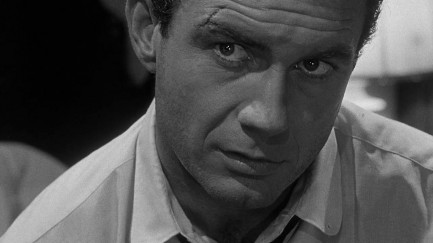
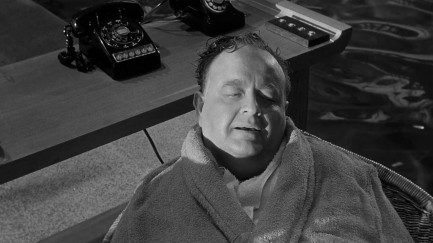
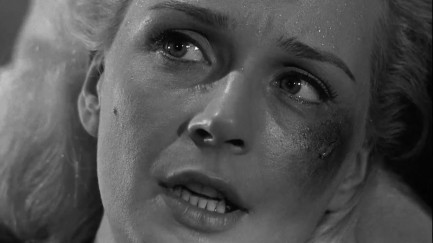

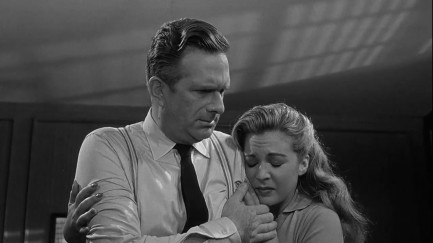
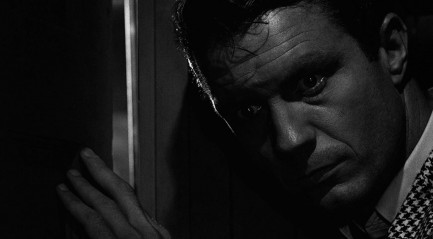
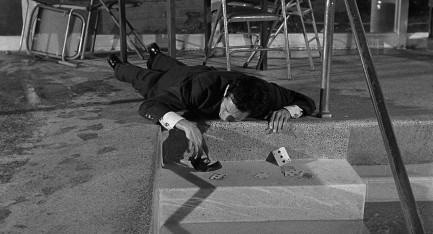
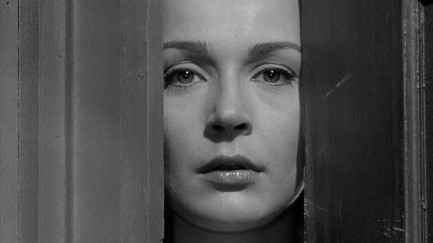
| Femmes Fatales | Feb 26 2016 |

She’s a classic work of art, and the sculpture isn’t bad either.
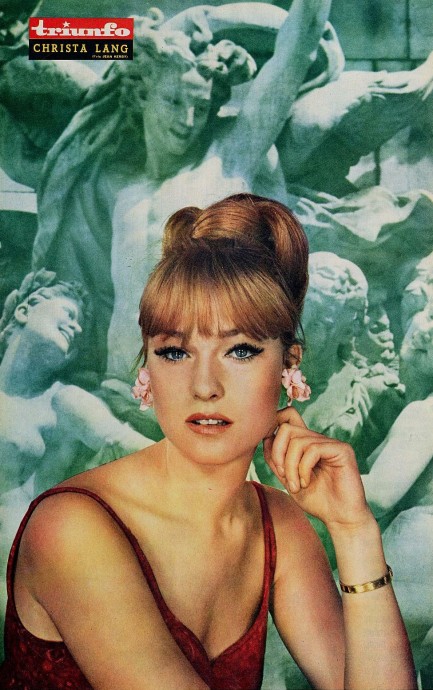
American actress Christa Lang is known for her many collaborations with director and husband Samuel Fuller, including The Naked Kiss, Shock Corridor, Underworld U.S.A., and his underrated racial drama White Dog. She also appeared in Jean-Luc Godard’s Alphaville, Peter Bogdanovich’s What’s Up Doc? and has already wrapped The Queen of Hollywood Blvd., to be released later this year. The above shot, showing her in front of a backdrop depicting Jean-Baptiste Carpeaux’s famous sculpture "La danse," which is located on the façade of the Opera Garnier in Paris, appeared in the Spanish magazine Triunfo in 1965
| Vintage Pulp | Feb 27 2015 |

There’s always something doing in Big Town.
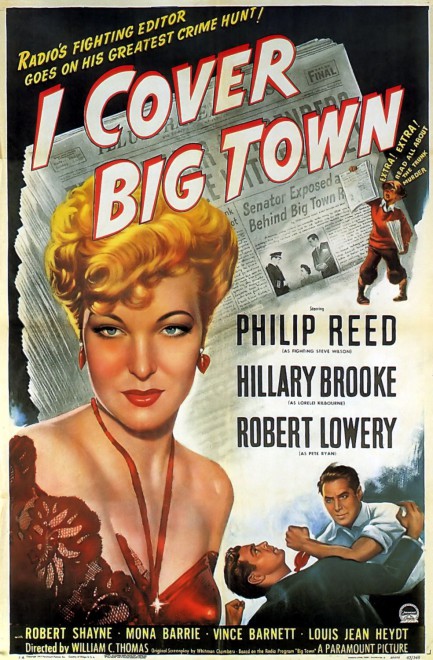
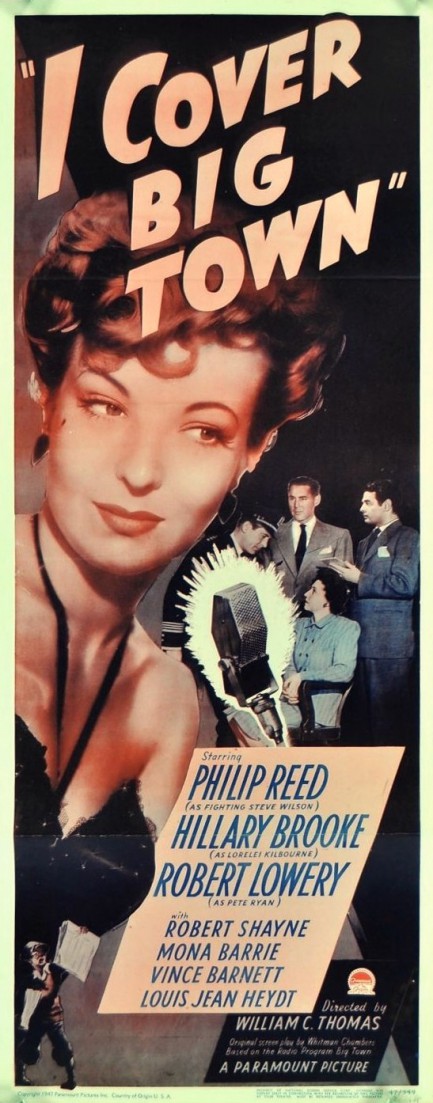
Above are two nice posters for the crime drama I Cover Big Town, starring Philip Reed and Hillary Brooke. The movie was one of four features spun off from the radio program Big Town, which aired from 1937 to 1952. I Cover Big Town was the second feature in the series, but since it and the first installment Big Town were filmed pretty much simultaneously, I Cover Big Town somehow managed to hit cinemas first in some cities, and today is listed on many websites as the opening installment of the Big Town quartet. In any case, what you get here is staff from a big city newspaper (the actual metropolis is never named) called Illustrated Press who get involved in various adventures with police and crime figures. In this chapter, which is barely an hour long, an embattled police chief is about to drummed out of his job for letting a murderer slip through his fingers. Ace reporter Lorelei Kilbourne helps the police solve a second murder, along the way uncovering blackmail and embezzlement, leading to the recapture of the first killer, and managing to save the chief’s hide. Strictly average stuff, but we do love the posters. For reasons that elude us, the film was renamed I Cover the Underworld when it was re-released in 1950. As I Cover Big Town it premiered in the U.S. today in 1947.
